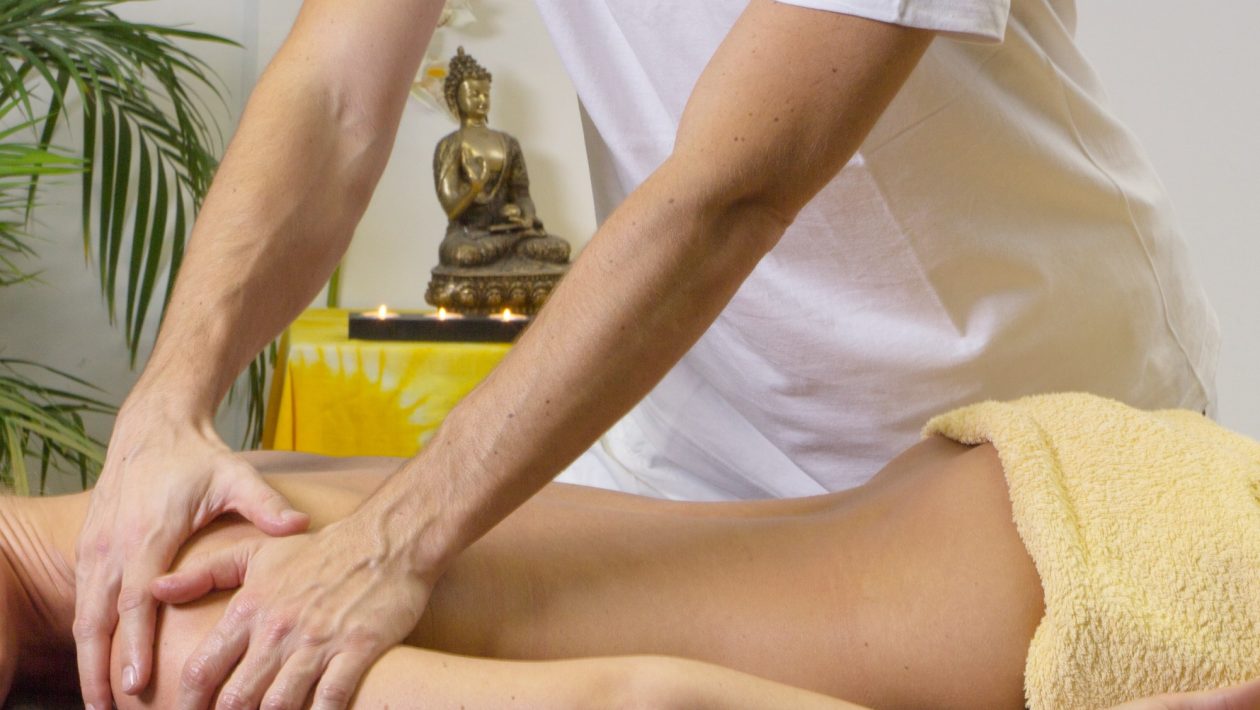Did you know that an estimated 2 million people in the USA visit the doctor for rotator cuff issues every year?
Could you be one of such individuals?
Maybe you had a traumatic injury such as falling on your hand or you’re a sport’s athlete who makes repetitive overhead motions.
Whatever the cause, are you aware that there are simple exercises you could do from the comfort of your home to help ease your pain? Here’s a list of eight rotator cuff exercises to help increase not only strength but also your flexibility.
1. Reverse Fly
In these rotator cuff stretches, stand with your knees slightly bent while holding a pair of dumbbells. Make sure to keep your back straight and your feet shoulder-width apart. Next, let the dumbbells hang down from your shoulders, with palms facing each other and arms slightly bent.
Slowly, raise the weights until they’re the same level as your shoulders. Then, lower them back to the starting point. When performing the reverse fly, be careful not to raise the weights above your shoulder height.
Also, don’t lock your elbow. Instead, let your upper body control the motion. Doing one set of twelve to fifteen repetitions will be enough.
2. Crossover Arm Stretch
First, make sure to stand straight with feet pointing forward. Then, place your left arm across your chest. Using the right arm, gently pull the left arm to the other side of your body, as if your trying to hug your chest with the arm.
While doing this exercise, make sure to keep your left elbow bent as you stretch it across your body. Remain in that position for five minutes before slowly releasing it. Once you’re through with the left hand, switch sides and repeat. Do two sets for each side.
3. Doorway Stretch
Doorway stretches are one of the simplest yet useful exercises for the rotator cuff, which you can basically do from anywhere. For this, stand in an open doorway and spread out your arms to the sides. Keep each arm bent at 90 degrees angles, with palms resting on the entryway.
Slowly, lean forward with one foot until you experience a light stretch in your shoulders and chest. While leaning forward, make sure to keep a straight back and avoid overstretching. Stay in that position for 30 seconds before you step back to relax. Repeat this three times.
4. Lawn Mower Pull
To do a lawnmower pull, start by placing one foot slightly in front of the other so that you can have your feet and shoulder-width apart. Place one side of the resistance band on the opposite foot of the injured arm.
Then, using the injured arm, pull the other end of the band so that it moves diagonally across your body.
While placing your other hand on your hips, slightly bend your waist in a way that the band is parallel to the opposite knee. In slow mow, straighten up and pull the elbow of the arm with the band back across your body.
Gently, return back to starting position and continue this up to two to three sets of ten repetitions.
5. Two Arm Wall Stretch
Just like doorway stretches, two arm wall stretches are other rotator cuff injury exercises that don’t require much to doing them. For this, you’ll only need to have a wall to help unstiffen those muscles. You’ll start by standing upright with your back against a wall.
Lift your arms sideways to form an L-shape, and try to keep your arms flat against the wall as you possibly could. Also, make sure that your upper arm is parallel to the floor. Then, while maintaining the elbow bend, stretch your arms up to the wall to bring your hands close together and back down.
Return to resting position and repeat this severally until you feel a light stretch in your shoulders and chest. While doing such exercises, make sure to do them correctly to avoid causing more damage to your rotator cuff. Read this useful page to know some of the stretching safety guidelines you should follow.
6. Pendulum
For this exercise, you’ll let the injured arm hang freely, while you use the other one to brace against a table/chair for support. Gently, swing the relaxed arm. You can move it in small circles, backward and forwards or from side-to-side.
Do this for five minutes, then slowly return back to an upright position. Switch sides and change the direction after one minute of motion.
7. High-to-Low Rows
Before you begin this exercise, you’ll have to attach your resistance band to something strong at a height above your shoulders. Be sure to tie it securely so that it doesn’t come off when you pull on it. Get down on the knee of the injured arm so that the opposite one remains raised.
Keep your body and lowered knee aligned and place your other hand on the raised knee. Using your outstretched hand, pull the band towards your body.
Make sure to keep your back straight and avoid moving your body or twisting your arm. Relax and do another three sets of ten.
8. Arm Reach
To do this exercise, start by going on all fours. Let your spine remain in a neutral position and also maintain your neck’s natural curve. Stretch out one arm in front of you without raising your head or dropping your shoulder support.
Remain in that posture for five seconds, then return to starting position. Do these stretches five times then switch to the other arm.
The Best Rotator Cuff Exercises for Quick Relief
While these rotator cuff exercises can help strengthen your muscles after a minor injury, it’s important to consult your doctor once you experience recurring pain. They’ll advise you on the best rotator cuff strengthening exercises to do.
And if the situation gets completely unmanageable, they’ll tailor-make a program for you to ensure that your shoulders get back to being strong and flexible in no time.
Browse our blog for more!





